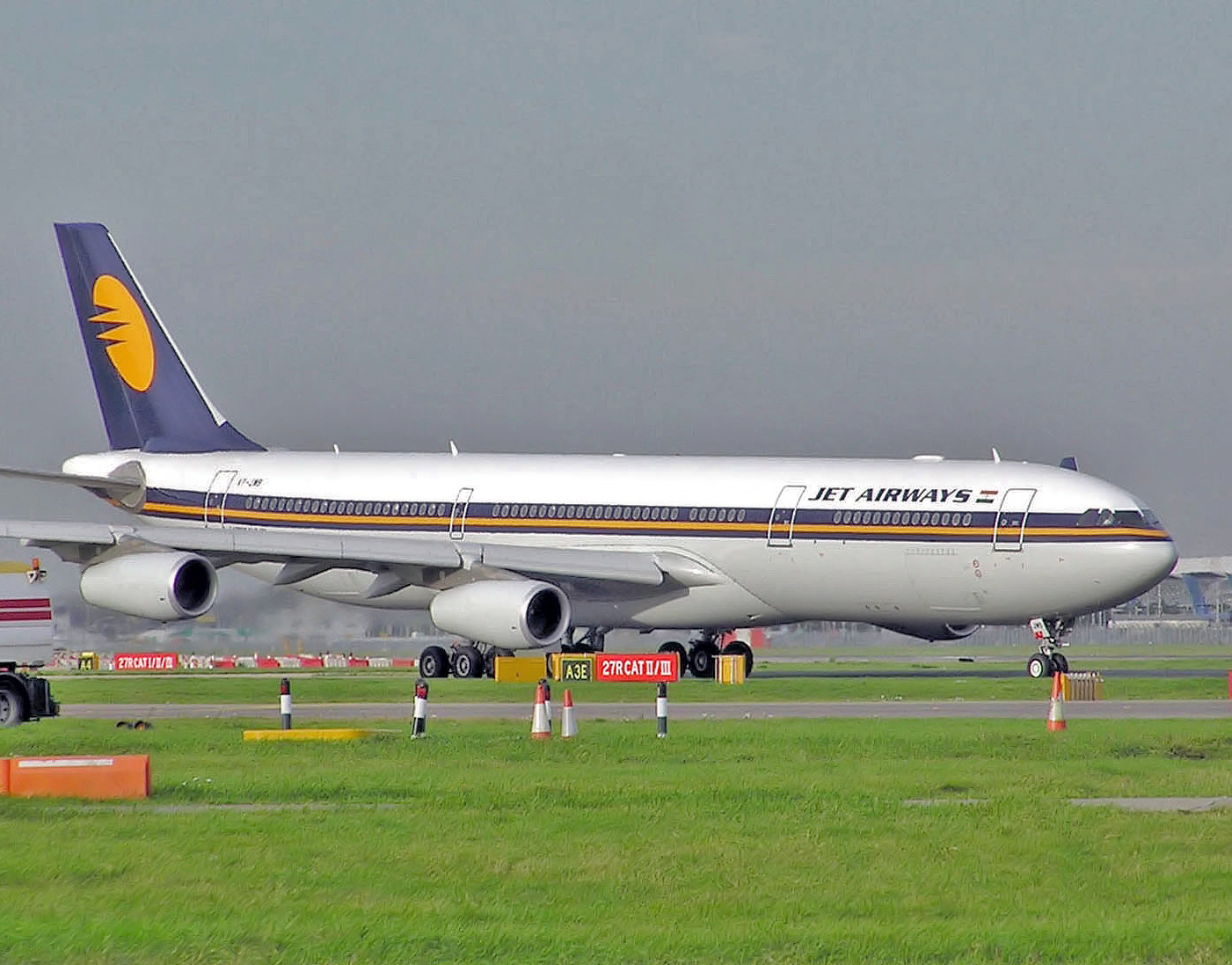Airlines in India are suffering financial woes, with SpiceJet’s boss saying that the aviation industry is in “great stress”.
Experts have warned that churning out cheap tickets and an over-reliance on favourable fuel pricing are unsustainable in the long run.
According to a report by AFP, extreme bargain fare, high oil prices and a declining rupee are virtually wiping out the profits of Indian airlines. The companies are scrambling to cut costs to survive.
Over the past year, brent crude increased 50 percent, with the impact being exacerbated by the rupee recently reaching a record low of 70 to the US dollar.
The airlines are also paying taxes of up to 44 percent on jet fuel, the highest in Asia according to Bloomberg News. At the same time, they are forking out billions for new planes to keep up with passenger demand.
“The key challenge faced by Indian airlines is on the cost front as 60-70 percent of expenditure is exposed to fluctuations in oil prices and currency markets,” Binit Somaia, South Asia director at the Centre for Aviation (CAPA), told AFP.
Profits hitting rock bottom
Earlier this Monday, one of India’s largest airline by market share, Jet Airways, reported a loss of 13.23 billion rupees (S$258 million) for the three months ended June 30. For the same period last year, the company had racked up a profit of 535 million rupees.
Jet Airways’ financial situation has been the subject of furious speculation in the media in recent weeks. It had previously denied media reports that it had to make major cost cuts or run the risk of having to shut down operations in 60 days.
Along with its earnings, the carrier announced on Monday that it would implement a “comprehensive cost reduction programme” amounting to 20 billion rupees over the next two years, as well as seek investment to help turn around its fortunes.
On the other hand, IndiGo’s profits plunged 97 percent year-on-year during the quarter ending in June, sending its stock plunging.
Air India is also about S$11 billion in the red and reported losses of close to 58 billion rupees for the financial year ending March 2017. It had sought an urgent loan of 10 billion rupees in June this year to maintain day-to-day operations. Indian media reported it was defaulting on bank loan payments and had sought a S$6.8 billion bailout.



